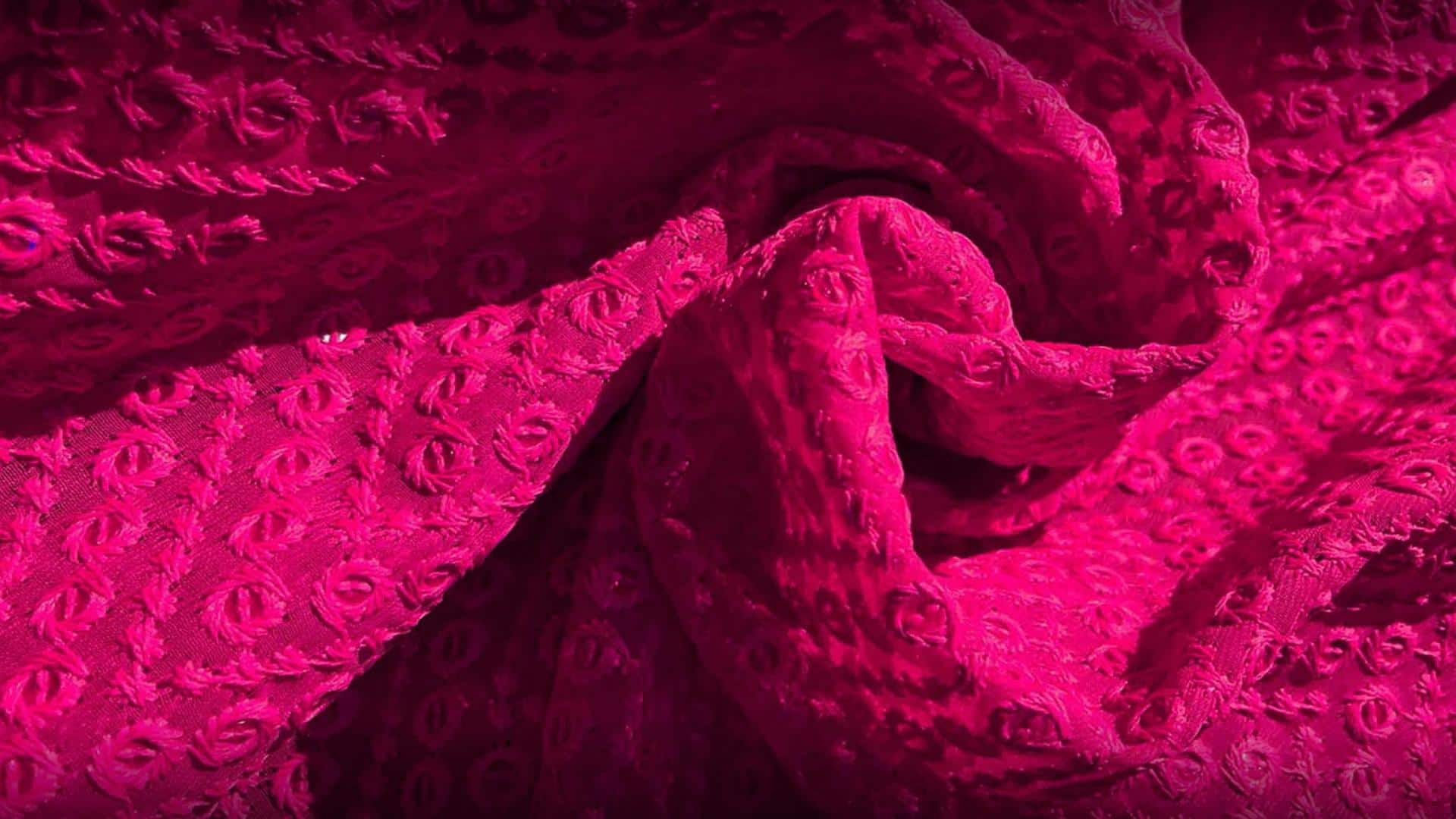
Chikankari: Exploring this Lucknawi fabric
What's the story
Coming from the "land of Nawabs," chikankari is one of the most loved fabrics used by Indians in various forms.
You see them everywhere today, in different colors and patterns.
India's chikankari embroidered art, which was formerly only used to adorn clothing, is now found on tablecloths, cushion covers, and other items as well.
Let us understand more about this evergreen fabric.
The fabric
What is chikankari?
Chikankari is an extremely delicate and complex style of embroidery. The name was derived from the Persian word "Chikin" or "Chakeen" meaning an embroidered fabric.
Also known as "shadow work," chikankari is brocade work done with white cotton thread on fine white cotton fabric.
Dating back hundreds of years, today chikankari needlework is practiced by 5000 households in and around the villages of Lucknow.
History
How it originated
It is believed that a traveler stopped in a Lucknow village while traveling through and asked a destitute farmer for water.
The traveler was grateful for the peasant's kindness and taught him the chikankari technique so that he wouldn't be hungry again.
Another theory says how the Mughal queen Nur Jahan was a fan of chikan embroidery and charmed the king with the needlework.
Method
Understanding its method
The basic steps involved in the art include cutting, stitching, printing, embroidery, washing, and finishing.
The printing process is carried out using dye-soaked wooden blocks. Embroidery is typically done by women.
The washing and finishing process, which involves bleaching, acid treatment, stiffening, and ironing, is the final step in chikankari fabric production.
This process can take 10 to 12 days.
Embroidery
Embroidery
Besides the white, colored fabric and threads are also used. Silk threads can also be used in some textiles.
In the beginning, a type of muslin called tanzeb and white yarn were used for the embroidery.
Later, lighter fabrics such as cotton, silk, chiffon, organza, and net started being used. The goal is to choose a lightweight fabric that can facilitate the embroidery process.
Types
Types of 'chikkankari'
There are various types of chikankari embroidery.
Some of the popular stitches include embossed stitches - which give a grainy appearance; jali work which is created by thread tension - giving a delicate net effect; murri which is a rice-shaped micro stitching, and banarasi - which is a knotted stitch made on the right-hand side of the cloth using six threads.